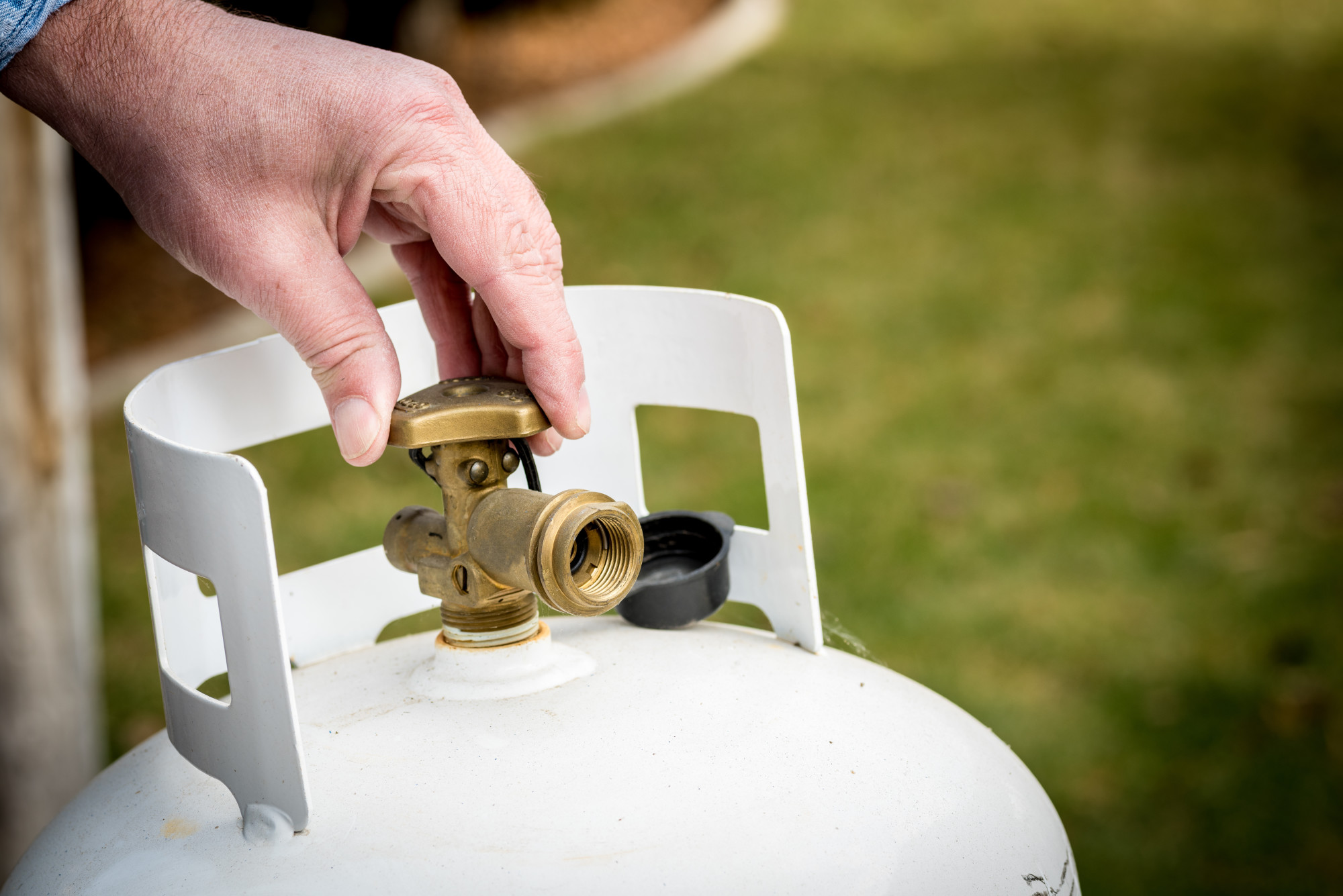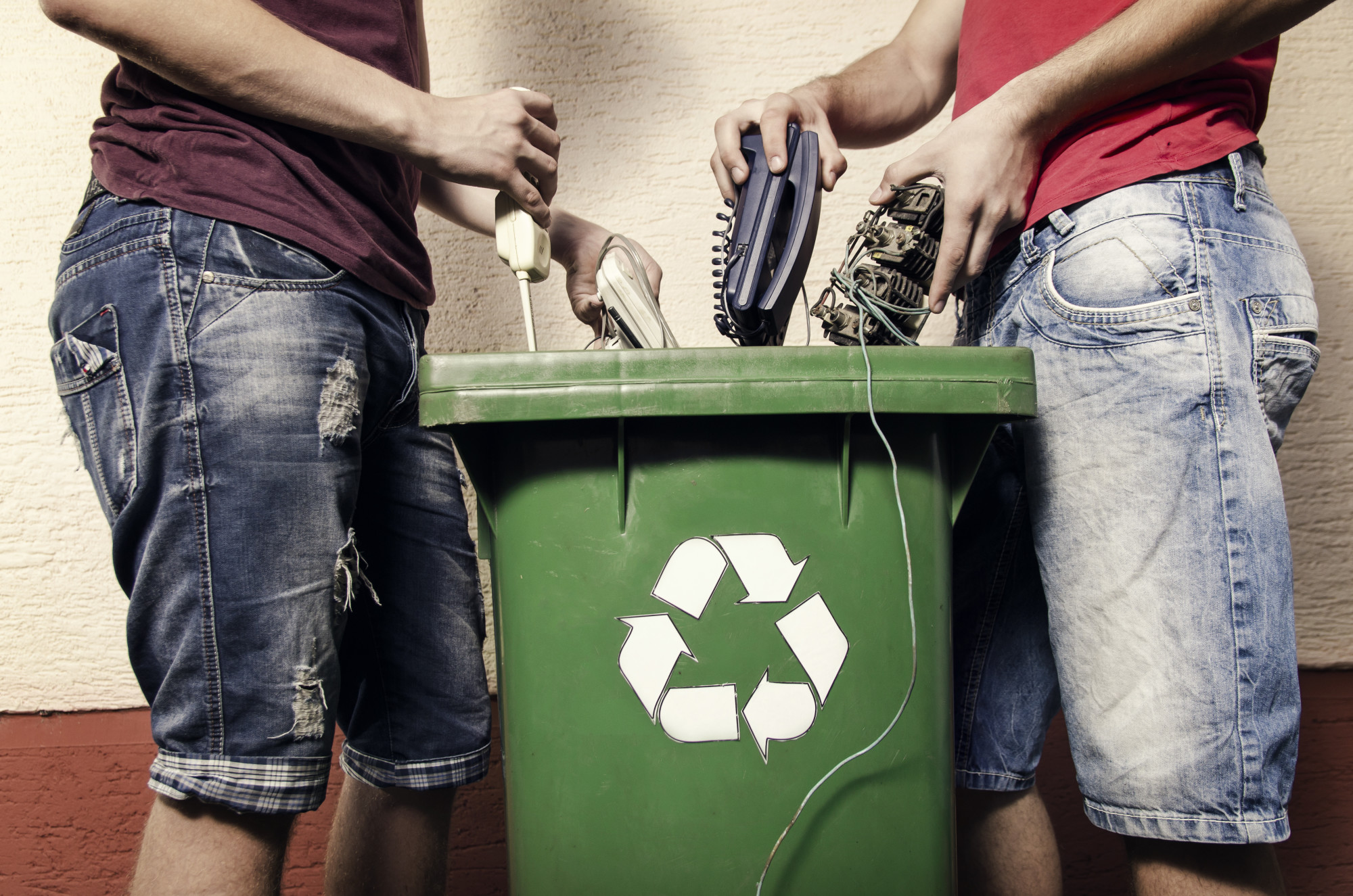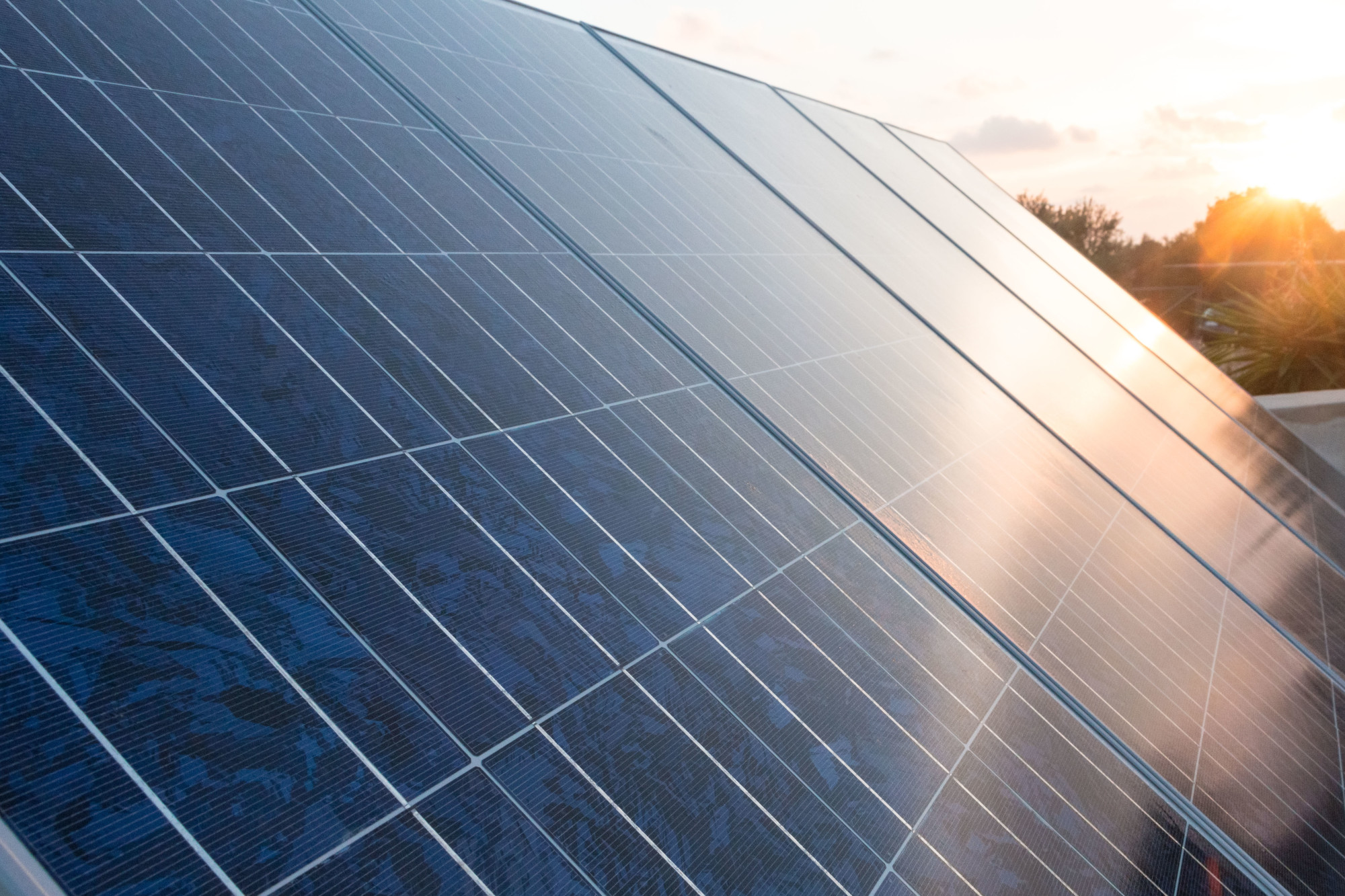Science and Invention, formerly Electrical Experimenter
An article that reviews Plauson’s elaborate work on the subject of extracting of electrical energy from the atmosphere: methods used for collecting electricity from the upper air, practical details.
多年来,电气工程师致力于设计一些手段,即将有可能利用在大气中存在的自由电能,但它们并不成功,因为现在,尽管静态电流的超重激增会匆匆下降升高的导体并危及实验者的生活,或者避开与之相关的设备。然而,德国工程师已经简要介绍了这里显示的有些精心制作计划,并且他已经成功地成功,至少是他的报告国家,在安全地从气体表面气球中安全地从大气中提取了几千瓦的电力,升高到高度只有1000英尺。
我们以前提取的el治疗ectrical energy from the atmosphere. The difference of electric potential in different parts of the atmosphere, and the difference between the upper air and earth make it a tempting proposition to obtain power from atmospheric electricity. The power would take the form of high potential difference with a discharge almost of a static nature. It has long appeared rather doubtful to conservative engineers, if such a source of power should really be available. Yet when we see the lightning flash, it certainly suggests very high power, even though the total of its energy may be small, on account of the small duration of the discharge It is not to the thunder storm that we look for getting power from the atmosphere, as the subject is now being seriously investigated. A German scientist, Hermann Plauson, has published a very elaborate work on this subject, and has investigated the use of kites, balloons and towers, for the utilization of the high potentials existing in the air at different altitudes, and has studied out the construction of motors to be operated by the peculiar type of discharge which will be obtained, if the projects are successfully carried out.
We will first speak of the methods used for collecting electricity from the upper air. The author cites several German patents. One of them shows the use of a kite balloon. The balloon is shown floating in the air, kite fashion, and from it hangs a great net or aerial for the collection of electricity. The conductor from the aerial leads to the ground station; quite an elaborate description is given of the net-work which the patentee proposes to have covered with needle points. A windlass takes in or pays out cable for the balloon, and the patentee claims that by sending the apparatus to a height of about one mile he will have 225,000 volts to draw upon. He then speaks o a battery of 20,000 cells in series, which will use up to 40,000 to 50,000 volts in the charging. This certainly provides for a reasonable large fall of potential.
但我们的作者丢弃了这个想法,首先暗示了更永久的东西。他提出塔楼的勃起在高1,000英尺的附近,或大约埃菲尔铁塔的高度。在山顶,他有他的收集空中。该器具包括许多铜管;在每个人内,他建议燃烧燃气灯,其产品的燃烧将到达空中,收集净化覆盖管的顶部。他的一个忧虑是,如果雨应该弄湿他的联系可能会随之而来,所以他提出了一个在一个伟大的钟罩的盾牌的形状的顶部保护,类似于他的术语“暹罗宝塔”。他还将保护的形式与伟大的衬裙绝缘体的形式进行比较。他的另一个困难是他必须将他的塔与地球绝缘。因此,他为他的结构描述了一个复杂的基础。他首先提出倒入挖掘的底部,是简单混凝土的基础。 On this he places a layer of asphalt, and then a layer of cast glass, three to ten feet thick, and then comes a reinforced concrete foundation, to which the metallic foot of the tower is to be anchored. This foundation must rise at least seven feet above the ground level, and is to be boarded in on all sides to protect it from moisture. The author’s idea s to erect a number of these towers connected by a horizontal cable, to which the aerials for collection of potentials are secured.
作者强烈倡导气球作为空气电力的收藏家。这些他描绘了斑点覆盖。这些斑点表示有各种各样的涂层和准备从大气中收集潜力的区域。
首先,他描述了由内部肋骨支撑的薄金属叶制成的气球。钢丝镀银,镀铜或铝涂层,从气球运行到吊坠或接线环。对于该环,连接线缆并运行到地球表面上的绝缘挡风玻璃。气球是从300英尺到三英里的海拔高度。
斑点的涂层是最薄的汞合金,汞和金,或锌,甚至是聚镓,也许只有1/2500英寸厚。在气球的上表面上是无数的金属点。为了制备针状线,将它们收集到束中并在浴中电解处理,以便部分溶解。这给出了一个尖锐和粗糙的表面,适于收集电能。该点可以是铜,钢或一些硬金属合金。在这种腐蚀之后。由于它可以被称为,导线用金色或其他所谓的贵金属镀。建议将钯或镭盐添加到电镀浴中。
Plauson博士致力于他的书的许多页面来描述他的电机。这是一种旋转电动机,包括定子和转子,其特点是它不含线圈,没有适当地讲的电磁场,而是通过静态激励作用。在我们的插图中显示了一种典型的安排。定子板和转子板彼此同心,代表圆柱体的段。负电荷板的交替产生旋转。在连接中,包括安全火花隙以照顾危险的潜力。电感和容量也使用并指示。结果发现,由于Foucalt电流,并且克服了这一点,因此作者描述了几种细分定子和转子板的几种方法。
The whole subject is quite captivating, and it really seems as if the utilization of the electricity of the air may be almost in sight. It would seem possible to carry out experiments in this direction by means of the Eiffel Tower, but of course, the trouble here is that the tower is grounded, and perfect insulation of the collecting surface is absolutely essential.
现在我们的作者给了我们一些实用的细节。He says that on the Finland plains he carried out experiments with a balloon made of aluminum leaf with collecting needles of amalgamated zinc with a radium preparation as an ionizer. The surface of the balloon was sprinkled over with zinc amalgam. It was sent up to a height of 300 meters, early 1,000 feet, and was held by a copper-plated steel wire. A constant current of 1.8 amperes at an average of 400 volts potential difference was obtained. This gave nearly three-quarters of a kilowatt, or close to one horsepower. The collector of the balloon insulated from the earth showed a tension of 42,000 volts. By sending up a second balloon with an antenna to the same height at a distance of 100 meters from the first balloon, a current of over 3 amperes was obtained. Then by putting into the circuit a large condenser, whose capacity was equal to the surface capacity of both balloons, and of the antenna connections, the current rose to 6.8 amperes with about 500 volts mean tension. By the use of these two balloons, he eventually ran up the power to 3.4 kilowatts.












